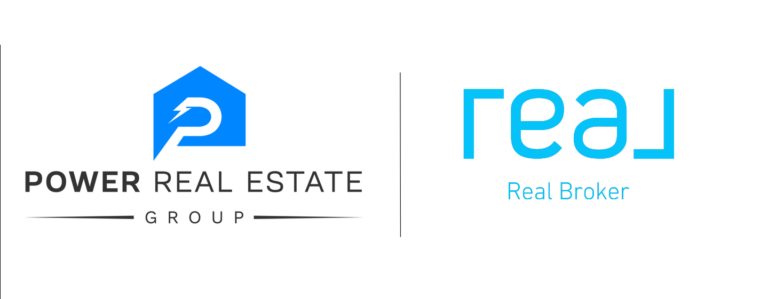What is a Mortgage Refinance?
A mortgage refinance refers to the process of replacing an existing mortgage with a new one, typically with different terms and conditions. It involves paying off the current loan and obtaining a new loan with updated terms, interest rates, and repayment options. Homeowners usually opt for a refinance to take advantage of favorable market conditions, lower their monthly payments, reduce their interest rate, access home equity, or change the loan type.
Benefits of Mortgage Refinance:
Lower Interest Rates: One of the primary reasons homeowners consider refinancing is to secure a lower interest rate. If interest rates have dropped since you obtained your original mortgage, refinancing can allow you to switch to a loan with a lower rate, potentially saving you thousands of dollars over the life of the loan.
Reduced Monthly Payments: By refinancing to a loan with a lower interest rate or extending the loan term, homeowners can reduce their monthly mortgage payments. This can provide financial relief and improve cash flow, allowing you to allocate funds to other important expenses or savings goals.
Access to Home Equity: Refinancing can enable homeowners to tap into their home equity. Through a cash-out refinance, borrowers can borrow against the equity they have built up in their property. The cash received can be used for various purposes, such as home improvements, debt consolidation, education expenses, or investments.
Change in Loan Type: Another benefit of refinancing is the ability to change the loan type. For example, homeowners with an adjustable-rate mortgage (ARM) may opt to refinance to a fixed-rate mortgage (FRM) to secure a stable interest rate and predictable monthly payments. Conversely, some homeowners may choose to switch from an FRM to an ARM if they anticipate a decrease in interest rates or plan to sell the property in the near future.
Debt Consolidation: Refinancing can be a strategic move to consolidate high-interest debts, such as credit cards or personal loans, into a single mortgage payment. By rolling these debts into the mortgage, borrowers may benefit from lower interest rates and potentially improve their overall financial situation.

- Monday / Friday 9 AM-6PM
- info@joserobertosamano.com
- (714) 925-4418
- 2390 E. Orangewood Ave Suite 400 Anaheim, CA 92806



